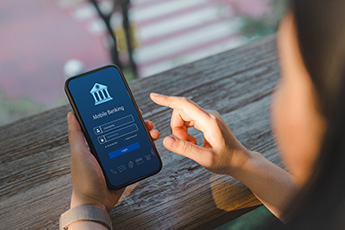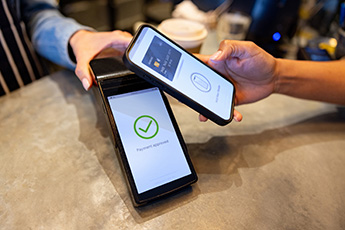Mobile wallets are being used more these days. The most popular, in-store digital payment methods, according to McKinsey were: Apple Pay (40%); Google Pay (20%) and Samsung Pay (16%). Not surprising, perhaps, but it is nonetheless incredible to see that these three captured more than three-fourths of the payments in store.
Also, not surprising that more community financial institutions (CFIs) are now joining the mobile wallet phenomenon, as more and more customers--particularly millennials and Gen Zers--are demanding the service.
In 2019, over 36% of smartphone users across the globe are expected to make an in-store mobile payment at least once every six months, and in 2020, 1.06B people globally are expected to make such payments, according to eMarketer. In the US, 64mm people--about 29% of smartphone owners--are expected to make a mobile proximity payment in 2019, a 9.1% increase over 2018.
While some large banks are launching their own mobile wallet apps, there are several ways CFIs can get in on the mobile wallet bandwagon without having to invest significant sums of money.
One way is to partner with Apple Pay, Samsung Pay, Google Pay and other major providers of mobile wallet apps, to enable bank customers to store their account information within the mobile wallet app. To increase utilization, CFIs are partnering with all of the major players.
Alternatively, you could partner with fintechs that offer white-label mobile wallet apps. This route can help CFIs with smaller budgets to place their own name and logos on the apps, generating greater customer loyalty.
To add even more value, CFIs could work with both the major players as well as fintechs to provide add-ons within the mobile wallet, such as links to retailer mobile wallets such as Starbucks and Walmart, links to service providers like Eventbrite, Airbnb, and Uber; mobile retail loyalty rewards, etc. Other digital information can also be stored in some mobile wallets, including frequent flier and insurance information, for customer convenience.
Payments from mobile wallets are now considered as secure--if not more secure--than plastic cards because of tokenization and biometric authentication. The one-time token at time of purchase prevents the merchant from obtaining the actual card information. Also, with biometrics as an added layer, the transaction can only be completed after the customer's fingerprint or facial features are validated. To further connect the dots with this technology, read (or re-read) our article, Biometric Payments-What You Should Know.
More CFIs are now offering mobile wallet services to make relationships stickier and build customer loyalty, as well as earn more income from interchange fees. The time has to be right for your customers specifically, of course. Check with your younger customers to see if that time might be now.




